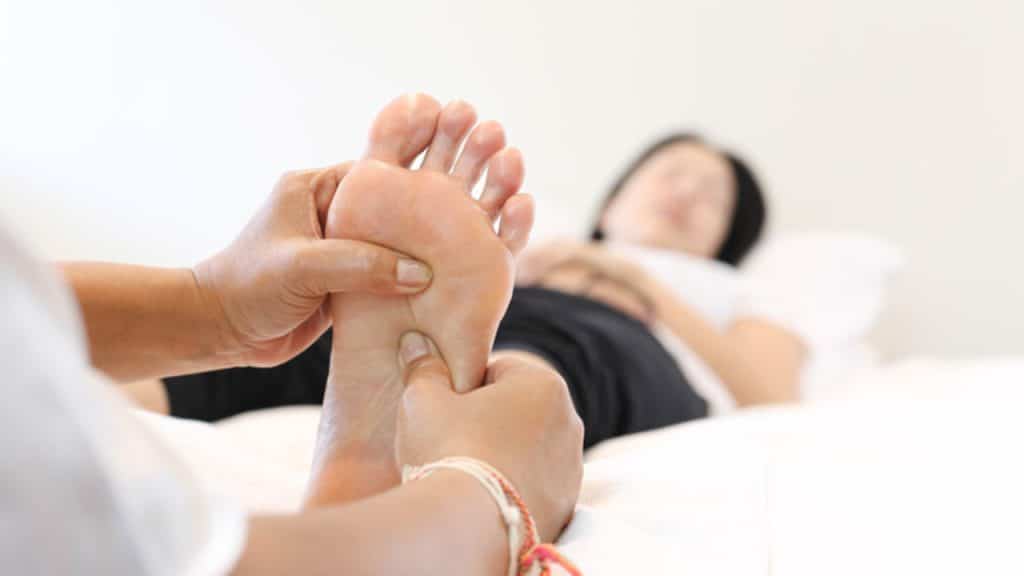There are lots of different ways to exercise, and many involve using your feet. That can be a bit difficult if you have a condition like plantar fasciitis, which can make even taking a few small steps a painful experience. What exactly is plantar fasciitis, and what can we do to stop it from eroding our quality of life (https://longevity.technology/lifestyle/7-tips-for-managing-plantar-fasciitis-pain/)?
The plantar fascia is the connective tissue that runs from the heel bone to the metatarsals (the bones between your midfoot and your toes). It supports the foot’s arch. Plantar fasciitis is a disorder of this connective tissue. It can lead to significant pain in the heel and arch, especially when moving for the first time after a period of inactivity (like when you first get up in the morning) or after standing or walking for long periods of time. It’s caused by small but repeated tears in the tissue.
It can be difficult to know exactly what causes these tears, but they’re more common when you’ve been overusing the foot, such as by exercising too much. Some people are more at risk because of their natural foot shape (high arches or flat feet), because of tight muscles or tendons, or because of inappropriate shoes. Certain occupations see higher occurrences of plantar fasciitis, generally those that involve being on your feet a lot. It’s probably not surprising that it’s common in athletes.
Most cases of plantar fasciitis resolve themselves if given enough time, but that still means weeks or months of being unable to move comfortably. Ignoring it does risk causing more serious injury, so it’s best to talk to a medical professional and start a program that includes stretches for the plantar fascia and the calves, as well as old favorites like rest and elevation. Massages can help, too.
Pain relief can take the form of over-the-counter painkillers or the application of ice. Considering the role footwear can play in causing plantar fasciitis, it’s perhaps not surprising that finding shoes that properly support your arches can help. You can also use orthotic inserts in your shoes to cushion your feet, correct your alignment and ensure pressure is evenly spread. Surgery is only needed for severe cases.
You can mitigate the effects of plantar fasciitis with patience and the appropriate support. It doesn’t have to stop you from living life or doing some exercise.




